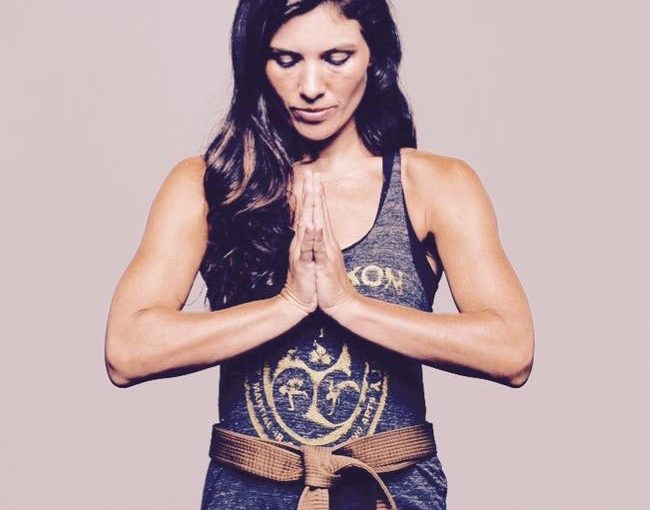If you live in the US, or if you have been watching the news, I’m sure you’ve seen all the footage of the rallies, riots, protests, and various vandalizing and unpleasantness that we are experiencing in the country right now.
I have seen much good advice written, and contributed some, about avoidance, ways to survive a rally turned riot, and all of those are good, I back them, but I’d like to add some different thoughts here.
Firstly, the best advice is to avoid them all together. For me, there is no good that can come from a gathering that has at its core, confrontation with passions running high. But, sometimes you must pass through the area, or the riot comes to you. I used to live smack dab in the middle of downtown Denver, two blocks from the park used for rallies, and 5 blocks from the State Capitol, we would, at times, get caught in the middle, so it is not always possible to avoid.
The first thing I want to cover is your own mindset and internal awareness. If you are mad, passionate about an issue, or anything else that alters your normal mindset, you need to be aware of how that will affect you if things go down the crapper. You can’t make good decisions with a bad outlook.
It’s also easier for you to be manipulated into looking like the bad guy when you are not in control.
One of the best mindset sayings I have heard, and made a mantra of comes from my friend, author S.A. Bailey, and he uses it as an occasional tag line or autograph. It is as follows, and then I will break it down.
- Zen Up
- Carry a gun
- Be Love
Until it’s time to shoot a motherfucker in the face
A little crude, perhaps, but easily understood, and addresses dealing with people caught up in our current social environment.
- Zen Up; Be calm, don’t get distracted, pay attention without becoming a part of the proceedings. Assess, judge and be present.
- Carry a gun; While this is great as a tool, it may not be feasible or acceptable to some, but the mindset would dictate that being armed in a possibly dangerous situation is a good idea. Be it knife, pepper spray, cane, baton, or gun. Be prepared, be safe, be dangerous if needed.
- Be love; Be calm, be nice, don’t get in arguments, don’t antagonize anyone. Even if you hate the subject or the people, no good comes from expressing your opinion when you are outnumbered by people who are willing to use violence.
- Until it’s time to shoot a motherfucker in the face; When it is time for action, it is time, you need to act now. No second guessing. Have your escape route planned beforehand, know that action is needed, and do it. Denial of pain and avoidance of needed violence can get you injured or killed. Be ruthless about your safety, and those with you.
When you are in the middle of a disturbance or riot, it is not the time to assert, or expect, your right to express your opinion to be honored. Swallow your pride, and just concentrate on the mission of getting home. Needless arguing gets all sorts of people in trouble, and the more your ego is invested, the more trouble you can get in.
In general, the only thing that is a threat is physical actions. Words do not injure you, rocks, sticks and cars do. But, in a rally or riot situation, you need to pay attention to the words around you, as they can trigger action against you. That doesn’t mean you can start blasting away because you felt threatened, it means you need to move your ass now.
Hive mentality/herd mentality is a real thing in a mob, and the guy you work with and joke with at lunch can turn on you and beat you to a pulp in a mob.
Hopefully you can see that it is important to avoid these gatherings, no matter how passionate you are about an issue. But if you won’t or can’t please keep these words in mind and stay safe.
Oh yeah, please,as always, I would highly recommend carrying some basic
First aid/trauma gear, and a charged up phone.

